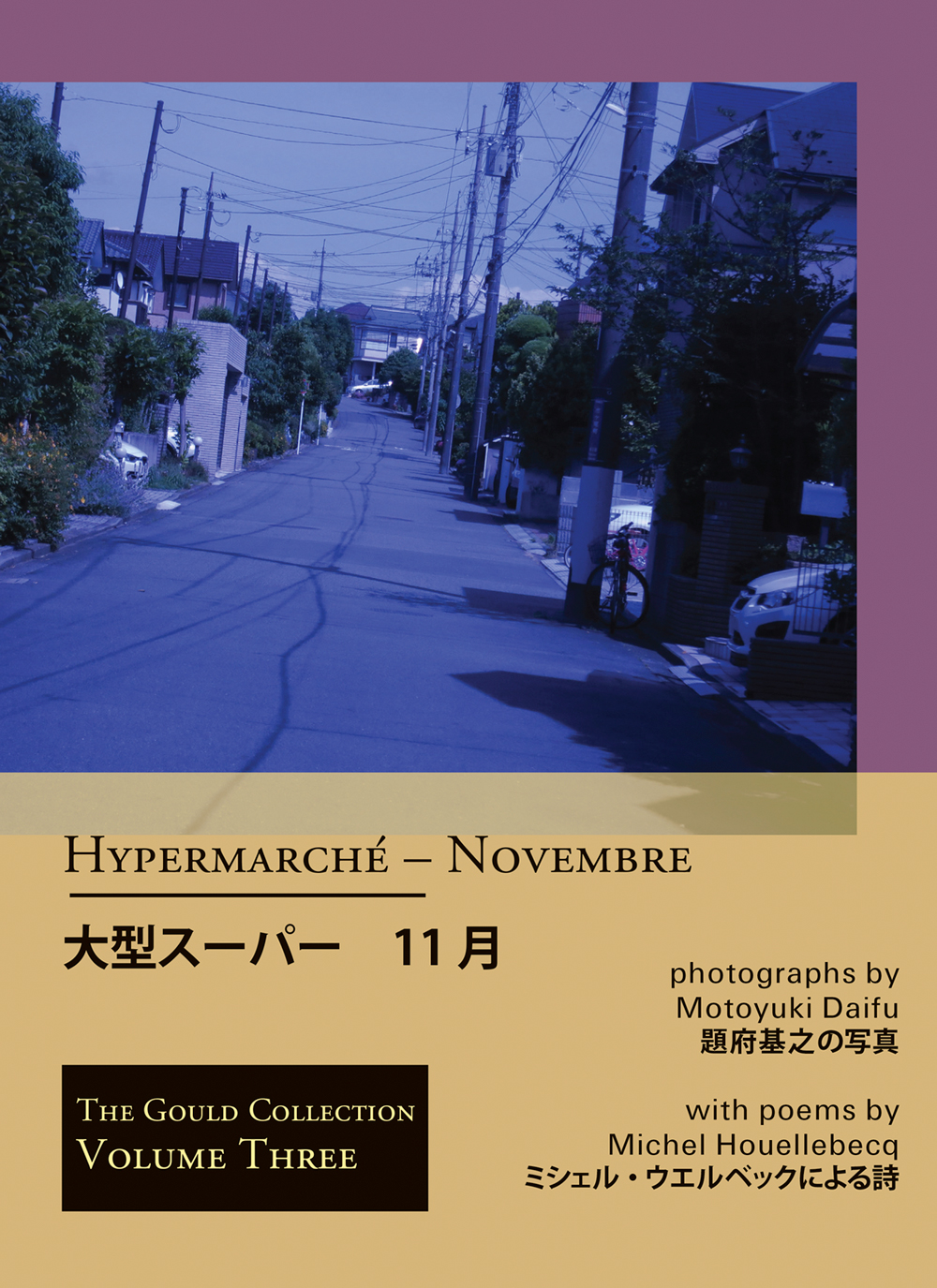review originally published in Southwest Contemporary (formally The Magazine)
I immediately want to speak of devotion, but I will start with the work. The pencil drawings and lithographs by Gendron Jensen at 5. Gallery (read Five Point Gallery) are gently wondrous. Titled Bidden, the solo exhibition features nine of Jensen’s works made between 1989 and 2015. For decades, Jensen has focused on precise renderings of animal bones, “relics” in his words, carefully configured and presented at immense scale in the center of clean, white paper. The light texture of Jensen’s hand frees his subjects. The forms appear appropriately ungrounded, floating in the pictorial frame.
Despite the anatomical nature of his subject matter, Jensen’s drawings feel close to abstracted. His focus is often fragments of skeletal structure that are harder to recognize: vertebrae, scapulae, and the backside of skulls, layered and stacked in sculptural arrangements and made abstract by isolation, proximity, and perspective. This formula prompts curiosity and closer looking, which in turn reveals the texture of Jensen’s linework. His lines are soft, lightly resting on the paper and with only the faintest shimmer of graphite. A number of the drawings are forty inches tall, and in frames, seem to almost equal my own height, but they are never overwhelming. Perhaps in part due to the subtlety of Jensen’s shading, their presence is ethereal.
The lithographs transform the tight swirls of Jensen’s pencil to a fine pointillist mist. The subjects of the prints float even more than the drawings, with a strange almost translucent depth. La verdaderamente (la última osa gris), which depicts a bear skull, is peculiar in how well it maintains its abstraction, despite being the most easily recognizable figure in the bunch. Decay draws unexpected lines, and the planes of the skull’s surface sink in and out, flattening when close up and finding striking dimension from a distance. There is also joy in the unknown. I stood for a long time in front of a lithograph titled dénoument, looking without the faintest recognition. Two crustacean-like relics float in the center of the creamy white paper like seashells but are also soft tissue–like with their pockmarked surfaces. Later, I walked around the gallery with the title sheet in my hand and read that these are the ear bones of a blue whale and felt a shock of glee at the discovery.
The smallest pieces in Bidden are a pair of diptychs. They picture bear relics and on first glance are the most unremarkable of all the works in the show. Each features two stacks of vertebrae, configured with flat discs upright. They are the same, the same bone in each position in both drawings. I moved on to larger pieces and then turned and looked again, this time with an eye for difference. The same, but each component individual, differences everywhere. I realize these pieces are studies and find myself considering what it really means to execute a study, to look with deep, fixed interest and reflection. We use these terms almost flippantly when describing an artistic practice (also the very word “practice” itself), but thinking of Jensen’s work brings all of these words back to their concrete meanings. Attention to relics like these, drawings like these, has been Jensen’s life’s work and vocation. Which brings me to devotion.
I am a person of divergent interests, quickly bored and with meandering curiosity. The focus of Jensen’s practice is fascinating to me, both in the mental stamina needed to devote oneself like this and what comes of such devotion. A subtext of Christianity runs through all of Jensen’s work and texts, traces of his monastic origins diverted into artistic dedication. Jensen’s work has a presence that does not clearly follow from its subject matter. It is not the presence of the animals but a sense of life in death, the transcendence of creation, even once the living thing has passed.







